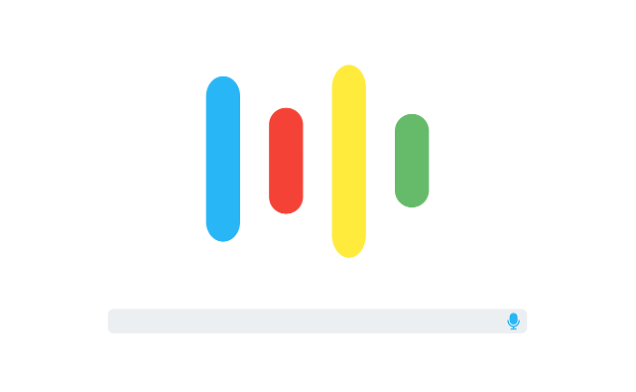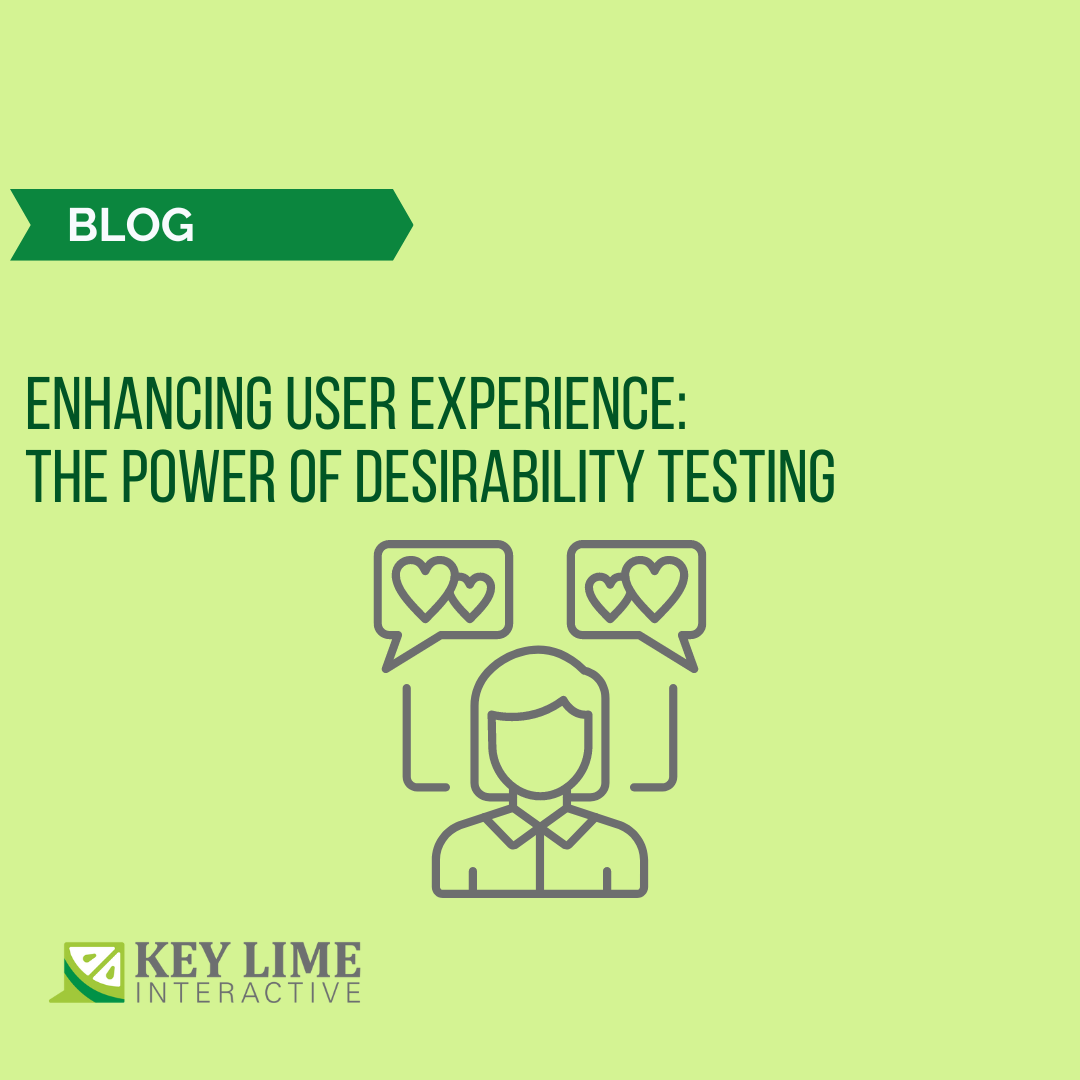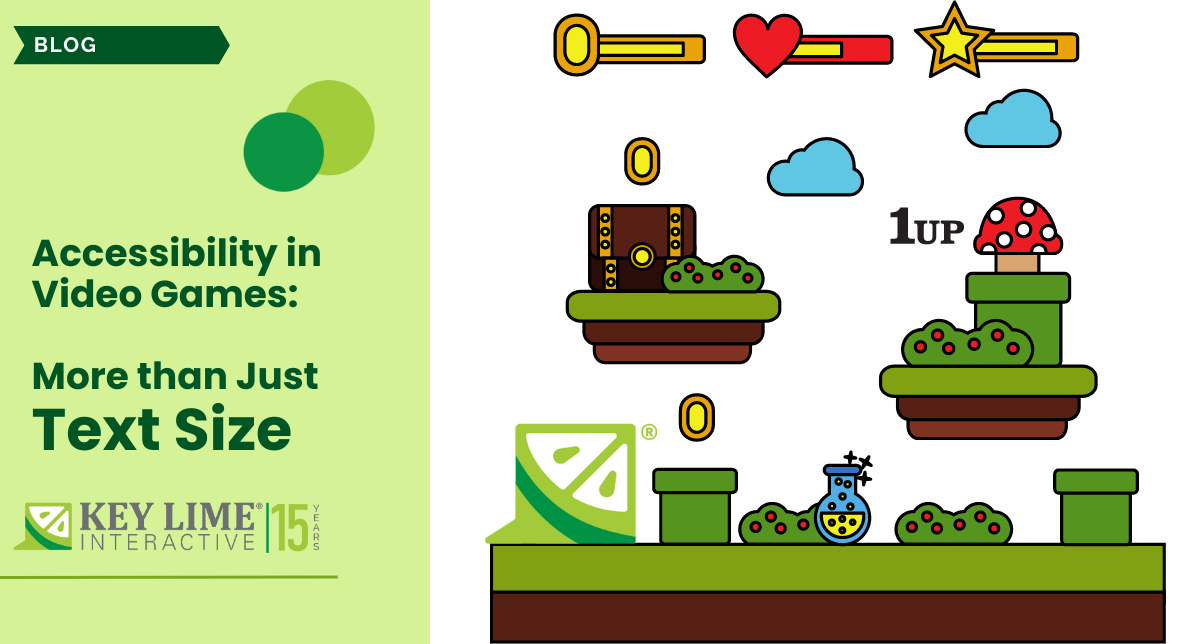
We at KLI love emerging technologies and are excited to see how they continue to shift, and ultimately improve, the overall user experience (UX). As voice technology continues to advance, we are seeing more efforts to create inclusive as well as more personal voice experiences. There are also developmental shifts occurring that are occurring that help make VUI’s and CUI’s able to understand more complex queries than they are currently able to, which ultimately results in an improved user experience.
In the coming years, voice technology is expected to shift the current UX from transactional (one where tasks are completed for the user) to create more proactive conversations based on context, emotion, and language. These shifts also help to promote more inclusive and accessible experiences, and the most exciting part is that we are seeing these shifts take place already.
A recent advancement in voice technology that points to the development of more inclusive and human voice experiences is the release of the development of Google’s new AI MUM (Multitask Unified Model). MUM has the capacity to not only understand language, as it’s trained across 75 different languages, it also can generate language. And since it is multimodal, MUM can understand and process information in both images and text, with plans to expand to video and audio in the future. Moreover, MUM can handle these different tasks of understanding the various forms of content simultaneously.
MUM’s technology has the potential to make user interactions with voice technology more intuitive than before as users can accomplish tasks more efficiently. Right now voice user interface (VUI) experiences are limited to helping users resolve more simple problems, such as “What is the weather like in Charleston, West Virginia today?” Google’s MUM has the potential to understand more complex questions such as “What do I pack for hiking the Appalachian trail?” Google’s MUM does this through a multi-modal system that allows the AI to gain better context over the user’s question, and provide a more direct and concrete response. This ultimately reduces the strain on the user for having to input multiple searches to obtain the same information.
This advancement in voice technology capabilities has two major impacts on the user:
- It will allow VUI’s to develop more authentic experiences
- It will help VUI to be more inclusive.
Authentic Voice Experiences
This type of innovation in voice technology can create more human and authentic experiences between the user and their devices. As voice and conversational technology continue to advance and develop, designers will be looking for ways to incorporate more human experiences into voice technology to make the interactions between users and devices more authentic and intuitive. Voice experiences will be able to understand the context surrounding a query, learn from the user’s queries, and deliver more personalized responses. As has been seen in the last year, the various applications for voice technology range from healthcare to banking to the automotive industry. As voice technology becomes more ingrained into our daily lives, the ability to have intuitive responses to complex questions and helping to create a more human experience will help users to have seamless experiences, regardless of what they are trying to accomplish.
Inclusive Voice Experiences
As advancements in voice technology like MUM also have the potential to help break down barriers based on language limitations between users and their devices, as well as users and other pieces of information. It is known that voice experiences can replicate racial disparities and biases and limit the users that can interact with the device based on language limitations (not having the user’s native language or not being able to understand a user’s accent).
Developments like MUM that have the ability to not only understand the language but generate language have the potential to also make voice experiences more accessible and inclusive to users of all kinds. Additionally, through being able to understand and generate language, MUM has the potential to create a more inclusive user experience by being able to relay information to the user that otherwise, they would not have been able to understand - quite literally breaking down language barriers.
The types of advancements and opportunities within voice tech and conversational UI not only pave the way for more complex queries to be understood and responded to but also drastically change how these experiences impact a variety of users. Google’s MUM is one of the first steps that are being taken where a voice experience is centered around the idea of having a conversation with the user, rather than responding to queries based on keywords. Google’s MUM is still undergoing development and testing, and there is still time before this technology becomes available to the everyday user. However, these shifts and advancements in technology show the work that is being done to break down language barriers and create more intuitive experiences for users.











Comments
Add Comment